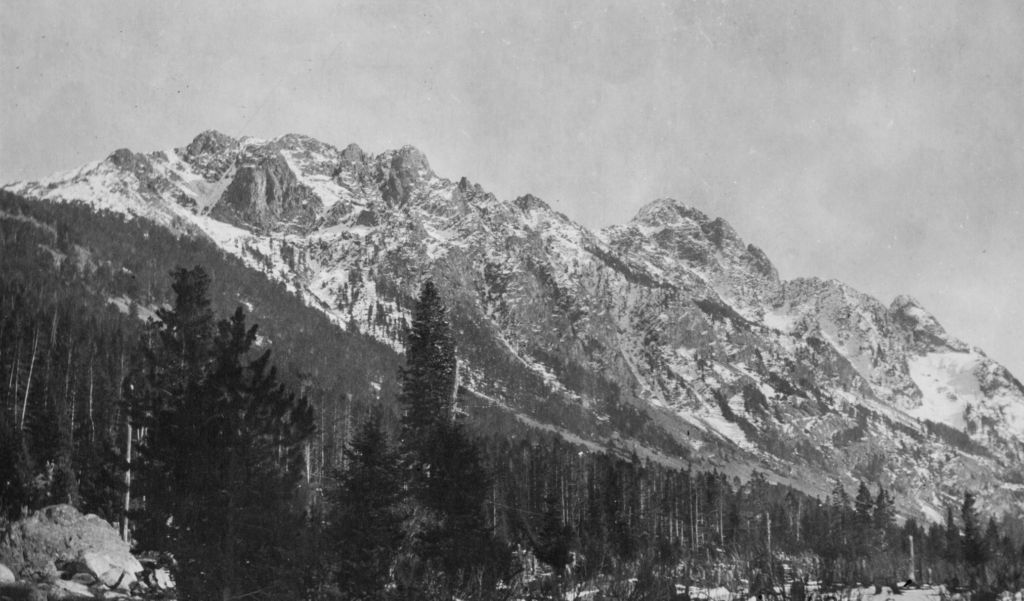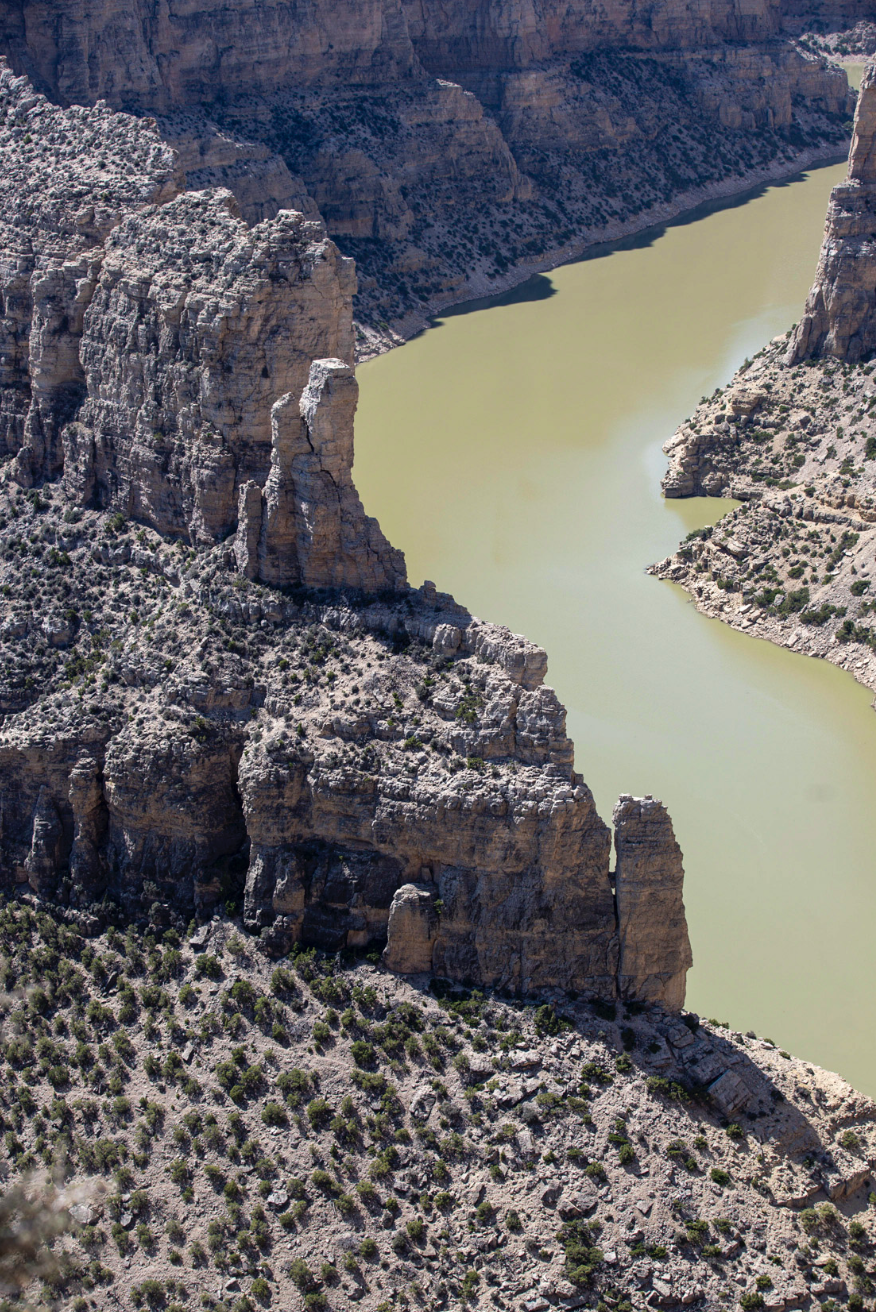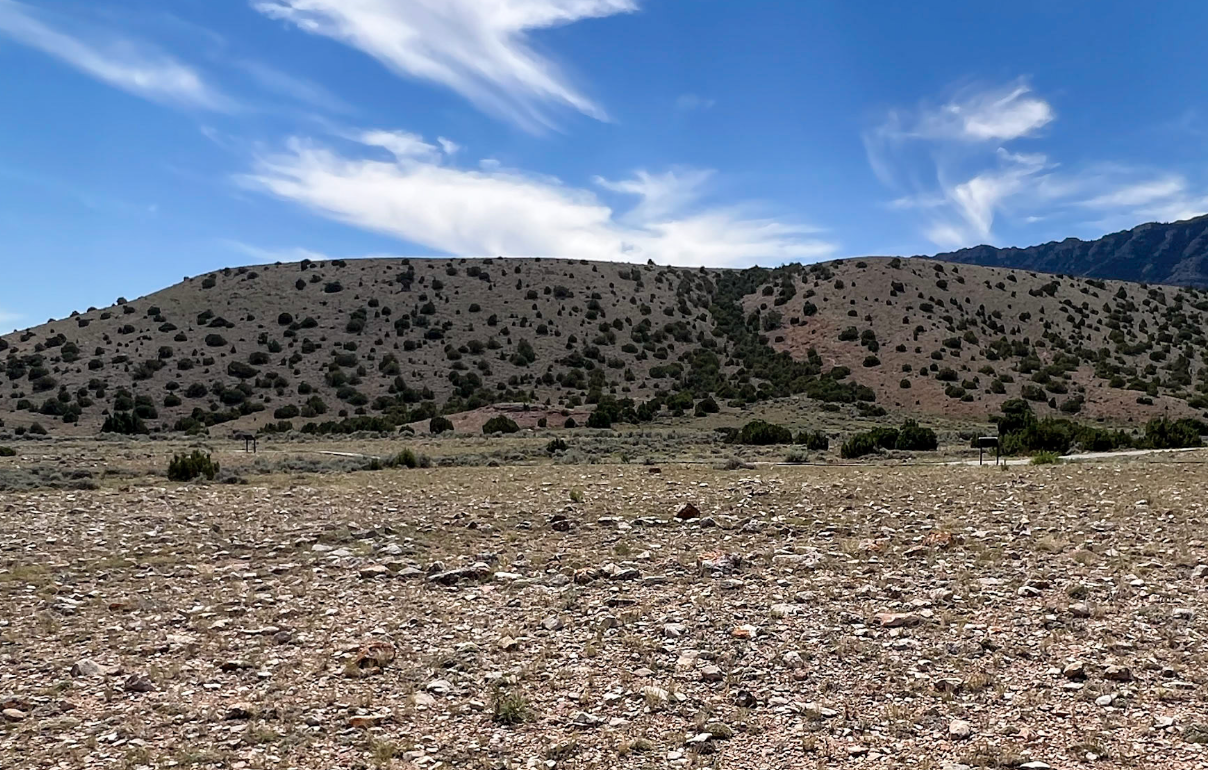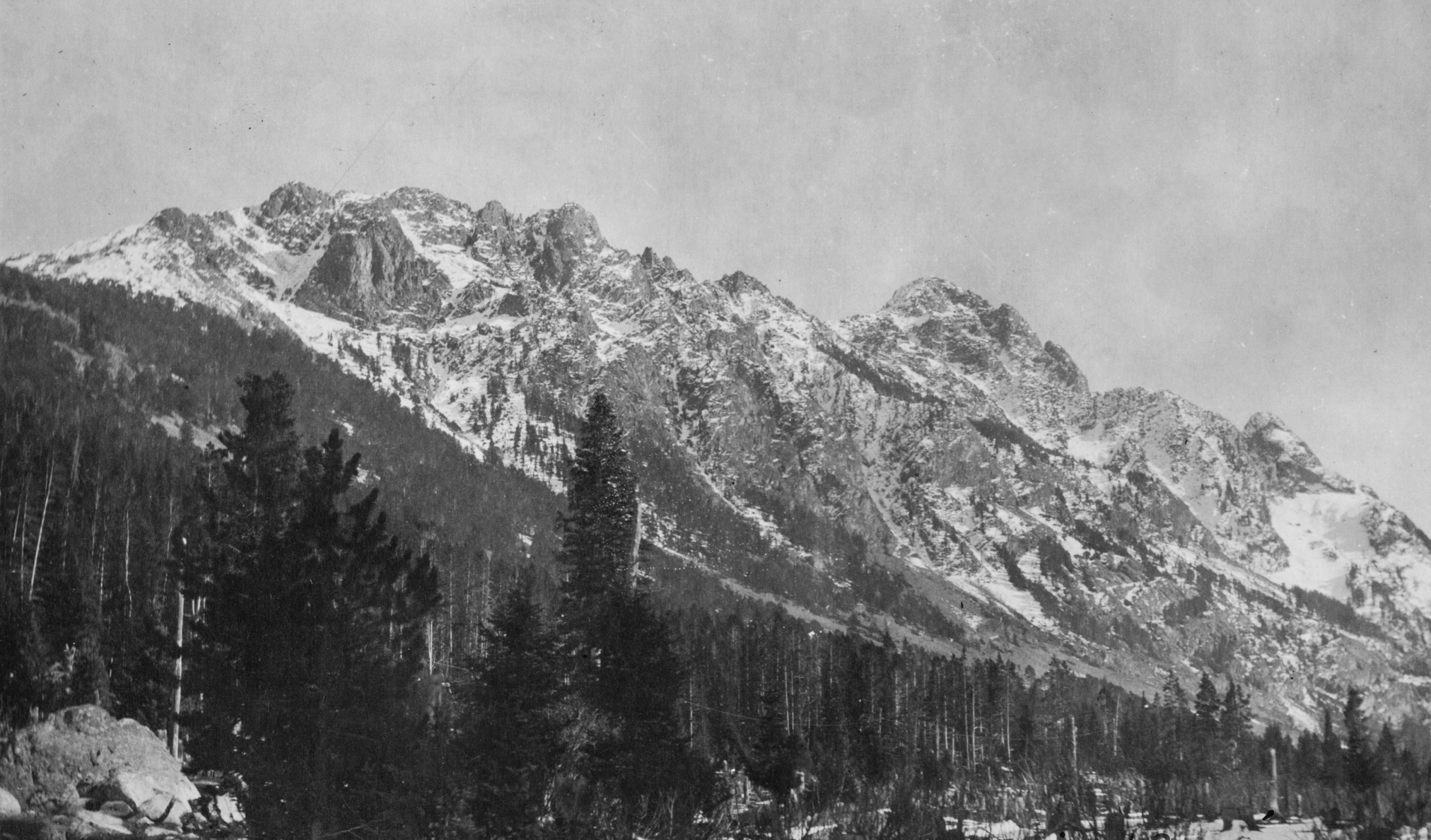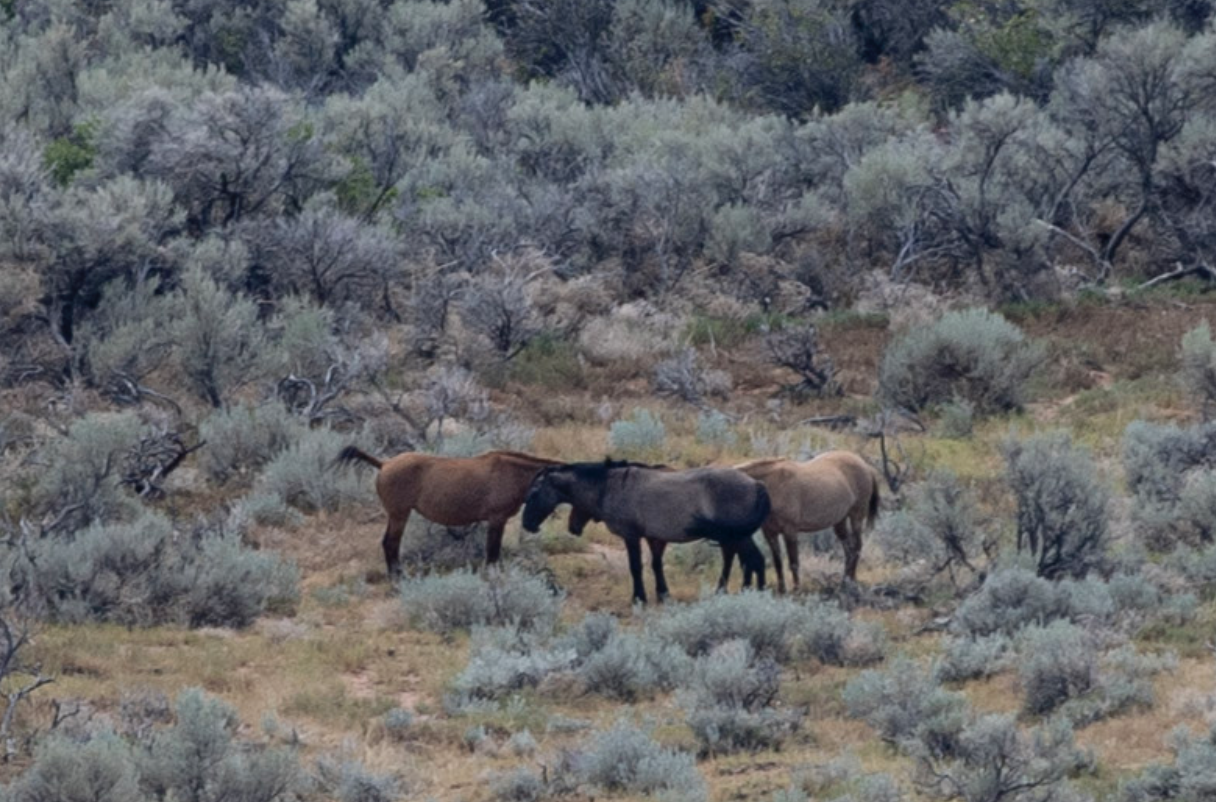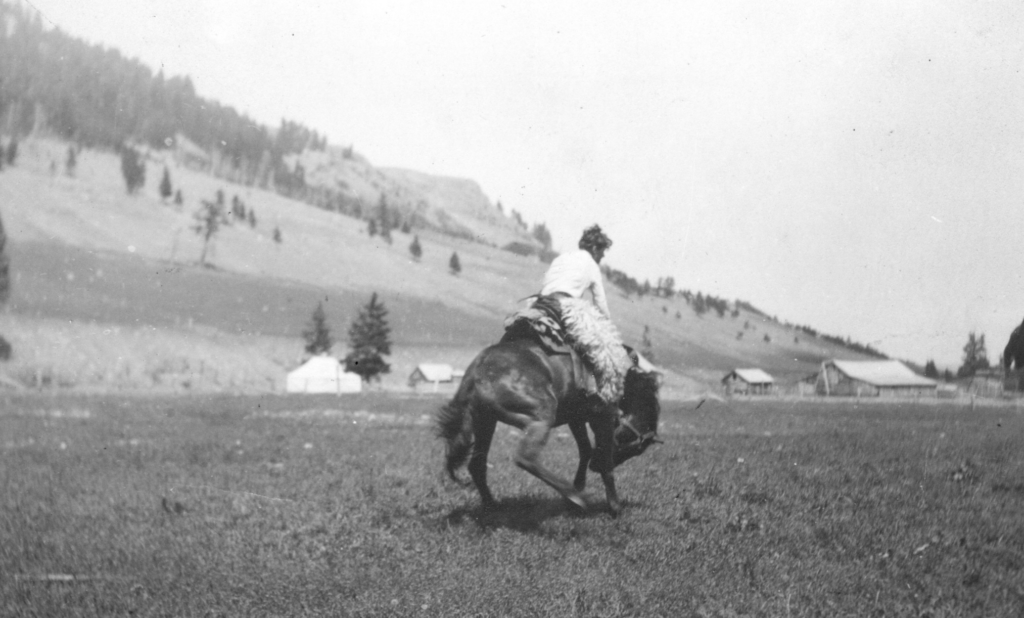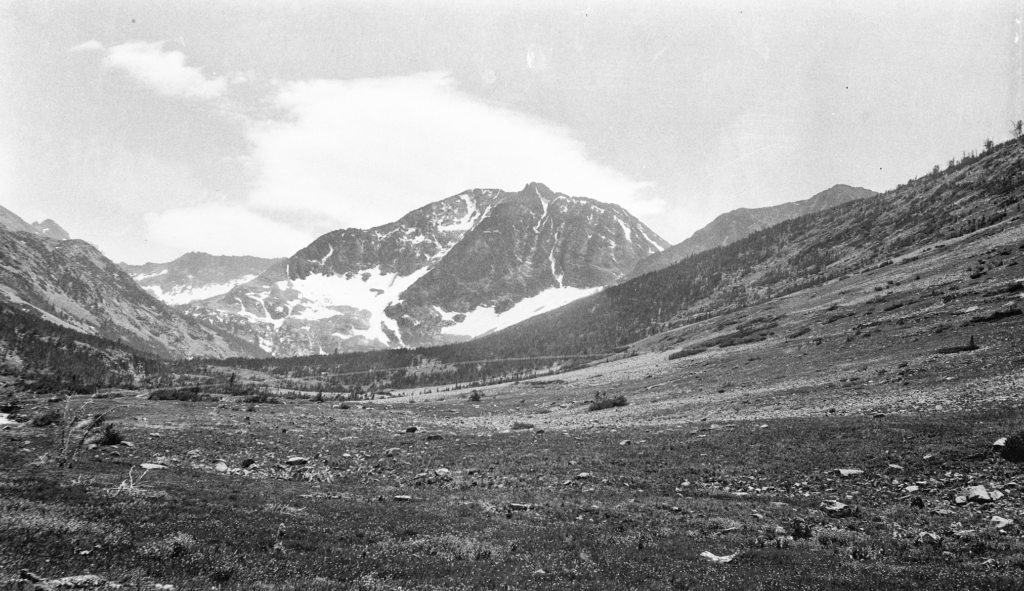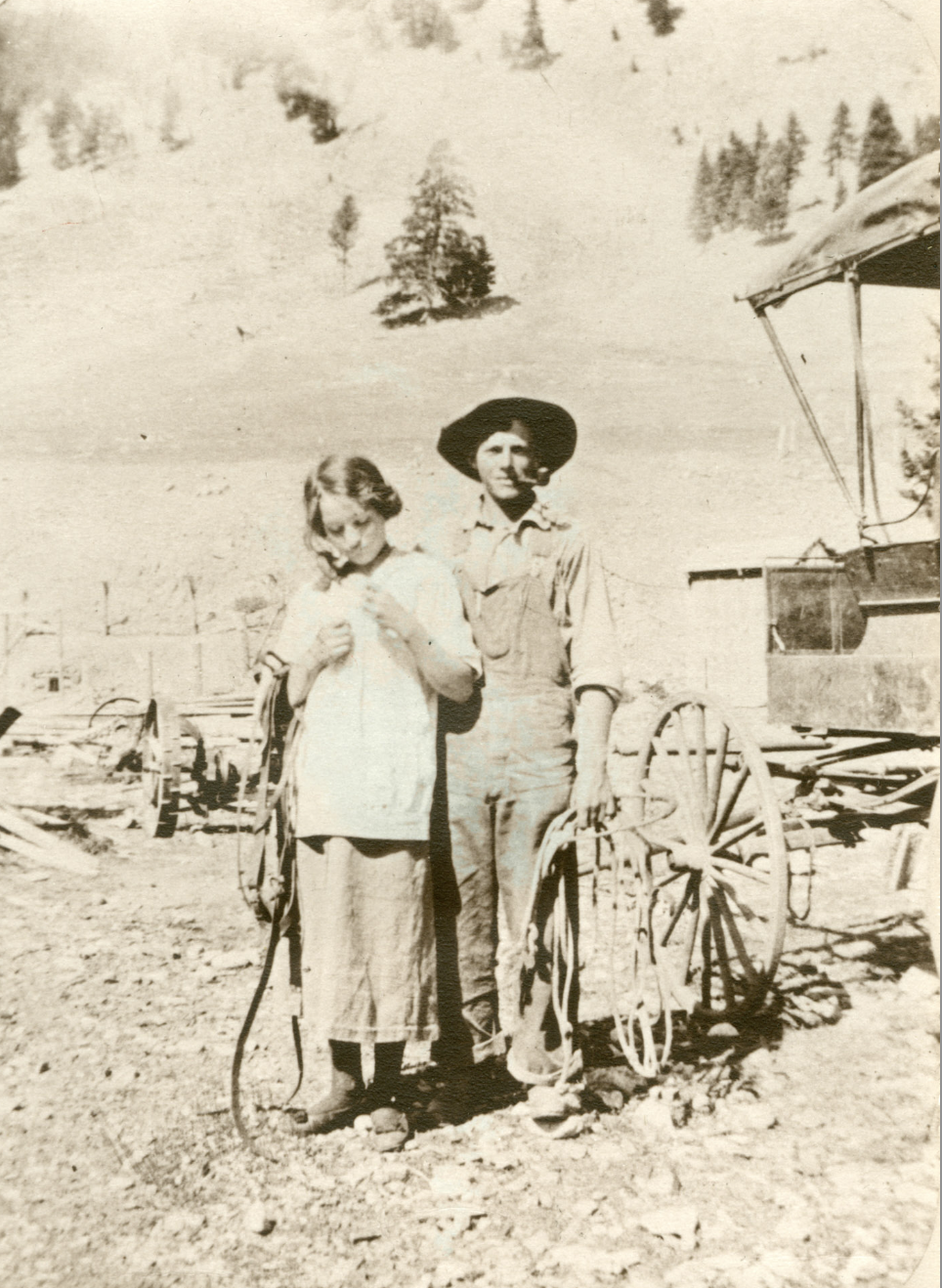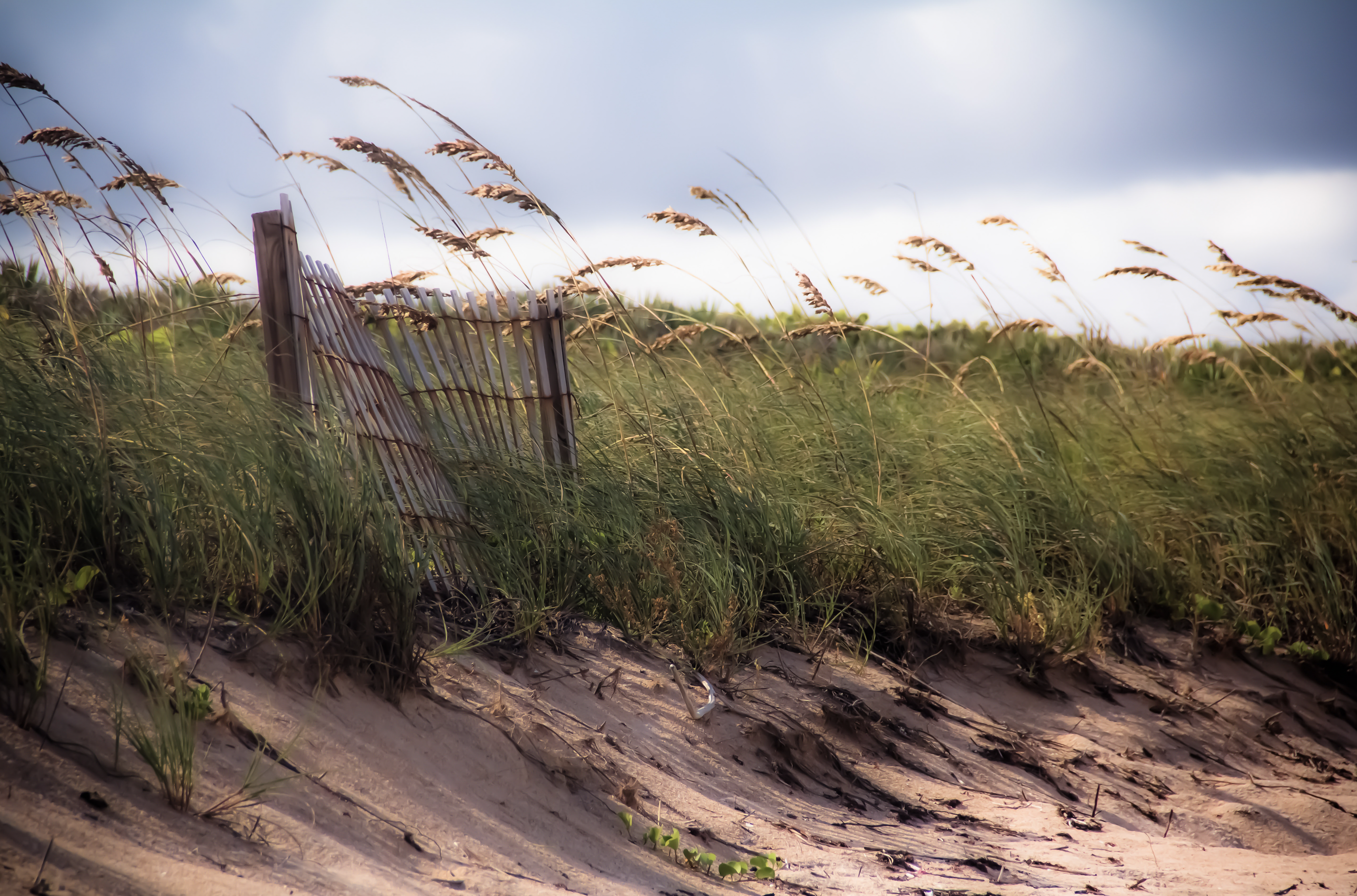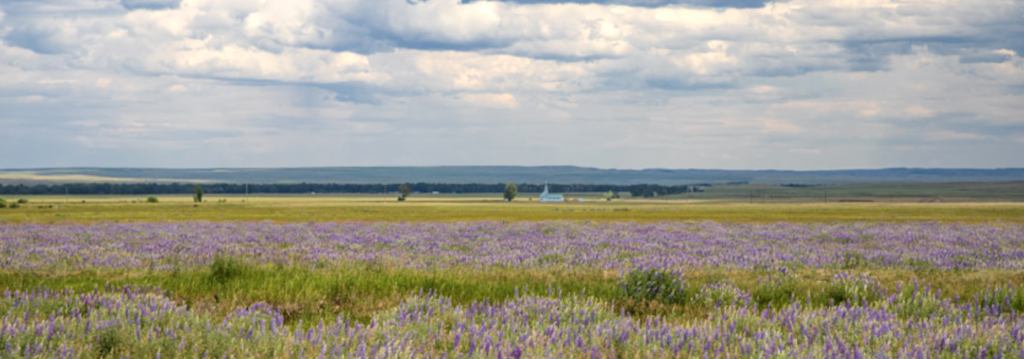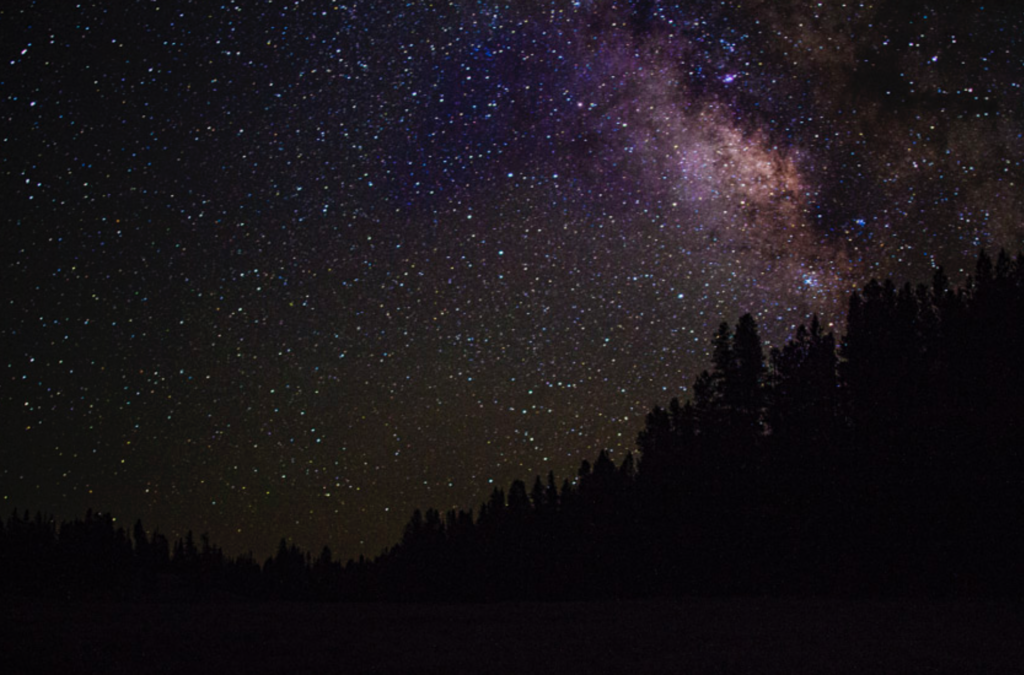by my guest author, Robert B Ward
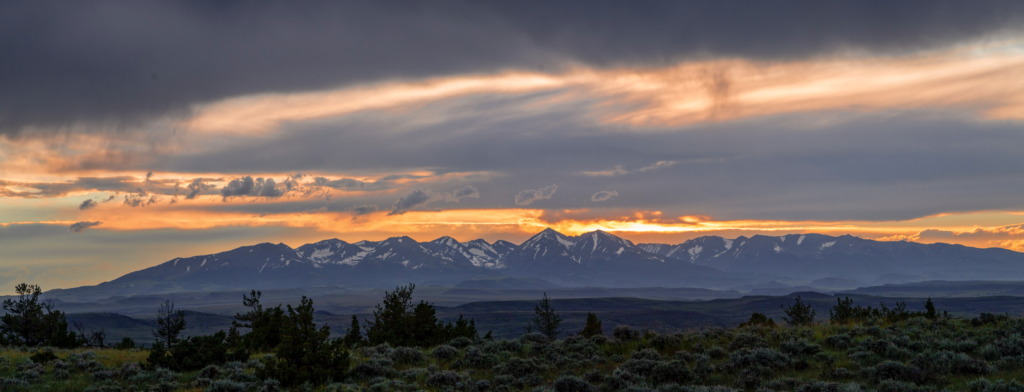
For decades the land between the Yellowstone and Musselshell Rivers in Montana was the home of Crow and Blackfoot Indians. They hunted in rolling hills carpeted with buffalo grass. They pitched their summer teepees in the shadows of snowcapped peaks which stretched fifty miles from valley to valley.
Today this range is spoken of as the Crazy Mountains. The Indians had a better name. They called them the Birdsong Mountains. They believed that they were endowed with special powers. Like the people of Old Testament times, the Redman turned to the mountains to seek spiritual guidance. Young men fasted in sweat lodges by the shores of mountain lakes. They climbed the highest ridges. They climbed alone. Night and day, and night and day again, they sat, without shelter and without food as they fought the elements to prove that they were men. By day the wind blew upon them, and the sun beat down. At night they stood on the spine of a mountain. They stood amongst the stars. Those on the far horizon were below them. Above, beside and below – and their hearts leaped into their throats and out of their chest and rested among the stars.
The Redmen climbed Conical, Idings and Jack Rabbit Peaks – places where the wind only stops blowing to shift gears or change directions. They scaled Crazy Peak topped by two pillars of granite 11,809 feet above sea level. Here a Brave could have a vision which would shape his future. “It is a great thing to believe in immortality,” Robert L. Stevenson said, “but first of all it is necessary to believe in life.” On the crest of the mountain a Brave found a deeper dimension of life.
It was as if the Great Spirit stood astride the skyline and communed with those who seek him. Northern neighbors (Pend ‘Oreilles) gave the Supreme Being a double name – Colon Suten; and the Absarokees (Crows) said “Ah-badt-dad-deah” (The-one-who-made-all-things). The birds sang to his honor and young men searched for him hoping to discover what is and what ought to be.
In Biblical times long past, David, the shepherd boy from the Tribe of Judah, hard pressed by troubles looked to the heights and found a song. “I will lift up my eyes unto the hills from whence cometh my help.” Who can say but that music still echoes from mountain ridges for those with eyes to see and ears to hear.Mountains are for visions. Not the visions of that which is hallucination, nor for the sight of that which is hallucination, not for the sight of that which is not, but for the voice of inspiration borne by whispering winds which say, “Be still and know that I am God”. This is the vision of realness which underlies the visible world.
